Reading time: 8 mins
Interview with Sven Kruse, one of the best-known German sports physiotherapists, about the mode of action and his experiences with the GERMAN, which was introduced in THE LIONS DEN.
Ergonomically shaped grip element straightens the body when running
Numerous publications in sports science and medicine have repeatedly addressed the correct arm position when running. By contrast, the far more important correct hand position and sensorimotor control of the palms of the hands for body tension and posture were largely neglected. This omission is intended to be corrected with the new tool GERMAN finally be corrected.
The LAUFMAUS is an ergonomically shaped and very light grip element for the hands. According to the manufacturer, it combines scientific findings from brain, evolutionary and behavioral research with the practical experience of many users.
Due to their special construction, mechanical and sensomotoric righting reflexes are initiated in the palms of the hands, which bring the hands into a holding position. This straightens and stabilizes the upper body. Body tension and control improve. External rotation of the hands relaxes the user's hand-arm-shoulder complex and neck muscles.
The extremities are better supplied with blood, the chest expands, the running style becomes more economical, stress on the joints is reduced and the heart rate drops. The new aid is aimed at hikers and runners as well as competitive athletes and, last but not least, rehabilitation patients.
The was developed LAUFMAUS by Dr. medical Horst student from Munster. A serious car accident was the trigger for the development of the world novelty for the specialist in general medicine as well as sports medicine and osteopath. The LAUFMAUS inventor was a passionate runner for decades and coached numerous top athletes until the accident threw him off track from now on.
The consequences: damage to the spinal cord, paralysis and inability to move. A shocking diagnosis that abruptly ended the life he had known up until then. His iron will to regain his ability to move resulted in the new aid called LAUFMAUS, which made him fully mobile again.
We spoke to Sven Kruse, who observed the development from the start and has been successfully using the grip element for therapy in his rehabilitation center since summer 2020, about his LAUFMAUS experiences.
Mr. Kruse, what is bad posture?
Evolutionarily and genetically, we are still hunters. That means shrugging our shoulders when we're in hunt mode. This activates the auxiliary respiratory muscles so that enough oxygen is available for the sprint. After the work is done, i.e. after a successful hunt or a positive sense of achievement, the tension subsides, supported by the release of endorphins.
In today's stressful society, however, we have no end to the chase, as emails, calls and other stimuli are constantly pouring in at us, which causes us to constantly shrug our shoulders and permanently contract the muscles. Muscle tone increases, muscle tissue becomes tight and acidic, and running economy decreases.
If you look at our modern living conditions and today’s workplace design – especially, but not only in the ongoing Corona period – you can see: We spend many hours every day sitting at a desk, in the car or in front of the television instead of moving. This has consequences for our body and our well-being. The consequences are poor posture, musculoskeletal problems, narrowing of the joint bends, deficient movement patterns and, as a result, an increase in injuries.
Each of us has something special and individual in it. Every person is different and no one is identical. Therefore, physiologically, there is no question of right or wrong. As therapists, we try to see people as individuals and simply improve or optimize individual movement patterns or joint settings in order to reduce or avoid pain or injuries.
The LAUFMAUS is a tool that helps us in the sense of prehab (prehabilitative training) to optimize individual movement patterns and joint settings in order to prevent injuries and movement problems.
What can you do about it?
It's actually quite simple: The best therapy for complaints in the musculoskeletal system is walking and running. The economy of movement is of particular importance here. Minimal strain on the musculoskeletal system is important in order to reduce overuse. Movements such as walking and running are regulatory movements (regulatory mechanisms) that bring the body back into balance.
How can LAUFMAUS help to implement this?
The LAUFMAUS simplifies the improvement of running technique and, through the distal position of the thumb-finger continuum via the hand and arm complex, leads to an upright posture of the upper body. The hand and forearm rotate outwards and the shoulder blade is pulled closer to the spine (scapula tension). As a result, the thoracic spine straightens (thoracic spine straightening). This promotes the naturalness of movement. With the thoracic spine erect, the cervical spine also adjusts correctly, which leads to a better viewing angle.
This reduces and economizes the strain of running. We are now also seeing this improvement in the natural running style in our patients on the treadmill. We already use the LAUFMAUS postoperatively in the early rehabilitation phase or in patients with gait disorders. They feel an immediate improvement in safety and stability due to the pressure in the palms of their hands.
Couldn't just Nordic walking sticks do this job?
Short answer: no, definitely not. Long answer: In practice, we see again and again how patients without proper training in handling Nordic walking sticks develop problems in the shoulder and neck area. This is partly due to the active pole stroke. This creates tension in the trapezius of the cervical spine and
Affections in the biceps tendon from active lifting. When using a stick with force, i.e. if the stick vibrates or gets stuck, for example, epicondylitis occurs in the area of the elbow joint and sensory disorders in the hand. The nerve responds to shock with less turnover or less transmission of stimuli. This phenomenon also occurs in patients who work with impact drills or chop wood.
All of these possible negative influences do not exist when using the LAUFMAUS. There is no active lifting over the shoulder and there is no negative impact from the pole attachment. There is no contact with the ground.
However, the problem I have described only occurs when the poles are used incorrectly or not at all. With well-executed technology, as implemented by Rosi Mittermeier and Christian Neureuther, who I know well, it certainly does not occur, which unfortunately is often not the case in practice.
But don't Nordic walking poles also use your arms effectively when running?
On the contrary, another difference with sticks is the limitation of arm movement. The arms do not swing in a natural movement pattern. Developmentally physiological or genotypically, humans do not know the movement with the stick. The LAUFMAUS, on the other hand, does not limit normal movement at all, but allows the arms to swing freely and naturally.
In addition, the LAUFMAUS helps to optimally use fascial pretension for energy recovery, the so-called recoil effect.
Why do your hands play such a big role in running?
Both walking and running are biomechanical feats of our body. Head rotation and posture of the front upper extremities are extremely important for the position of the shoulder-arm complex, for body tension and directional stability. Physiologically, a lot of things in the lower and upper body area have to interact perfectly for maximum running resistance, movement economy and health.
Our balance organs and our feet with their grounding to the ground are available to us for the orientation of the body in space. This makes running a very complex task for us humans. The hands do not know where they are in space. However, if they hold something in their hands, our hands and shoulders suddenly also get an orientation in space.
Why is that?
With the LAUFMAUS, the user gets an input that our organism thinks it is working in a closed system similar to four-legged standing, in which the upper extremities are also connected to the ground. So the system suddenly gets a response of four instead of just two points.
The perceived area of support increases and the stability and perceived security increase. The LAUFMAUS works similar to holding on to an imaginary railing. You experience a higher stability through them because the support surface increases.
In a figurative sense, it thus represents a kind of sensorimotor insert for the hands. With this we exert a consensual effect on the palms of the hands. In other words, a reflex-triggered reaction that also occurs on the side of the body opposite the stimulus and leads to improved stability.
It's a bit reminiscent of toddlers who hold onto everything when they dare to take their first steps.
The comparison isn't bad at all. By the time children do this, they can actually walk, they're just simply afraid of falling at this point. It is similar after a long period of immobilization when you have to “relearn” how to walk. In this case, the leg axis has to be readjusted coordinatively because the inter- and intramuscular interaction is no longer correct and one intuitively tries to carry out a relief movement.
During our postoperative treatments, we therefore first place the patients on the treadmill, which they hold on to. In the next step, the LAUFMAUS replaces the holding on. This increases patient safety and allows us to make progress faster.
For athletes, holding on doesn't really matter that much, does it?
I would not say that. A good trainer can tell from the gait of his athlete whether an injury is imminent. Many young soccer players who play in different teams in their youth up to the age of 15 or 16 and in whom career opportunities are seen suddenly come to a standstill in their development. Often these are players who are limited in their development.
Why is that? For example, because they still have their eyes on the ball and are unable to look up and therefore do not have the necessary three-dimensional or peripheral vision. In this case, the eye-ball coordination is not yet complete, which is often due to the reflective adjustment of the upper body. These are often children who clench or clench their hands and forearms. This incorrectly learned hand position can be easily resolved with the LAUFMAUS. As a result, the head is suddenly taken higher and the lungs are better ventilated. In addition, the game overview is improved.
The LAUFMAUS dismantles possible movement modifications in advance. Or another example: experiments in neurology or sports physiotherapy have shown that if we do a one-leg squat on an unstable surface, the quality of the movement and stability increase as soon as we hold something in our hands. This is also referred to as a distal integration or introduction.
Can't it happen that the LAUFMAUS is perceived as a foreign body, i.e. as a nuisance while running?
No, because the LAUFMAUS helps to adjust the natural movement subcortically, i.e. in the subconscious, or not at will. It supports the correct position of the pelvis by straightening the upper body, so that the leg axis is better adjusted.
And what happens without LAUFMAUS?
A forward tilted pelvis, on the other hand, creates a knock-kneed run. This leads to incorrect loading in the knee joint and can damage the meniscus or lead to arthrosis. The knee as a hinge joint is the victim between two ball joints, namely hip and ankle joint. In my view, hip stability and control is largely responsible for knee injuries.
What other characteristics of the LAUFMAUS are important in your work?
If the body shuts down due to excessive muscle tone or a subliminal pain condition (latent pain), we fall into the so-called embryonic position: we curl up. This is evolutionarily inherent in us. It is important, however, that we open up and straighten up. As with the theory of proprioceptive neuromuscular facilitation, PNF for short, the LAUFMAUS helps patients whose natural movement processes are disturbed. It supports therapy for orthopedic and neurological diseases and after surgical interventions and injuries.
Our goal is to enable the nervous and muscular system to perform necessary movements again by initiating movement processes. This is done through targeted touches and movement orders. The LAUFMAUS supports this process positively through the sensorimotor feedback in the palms of the hands. It helps to implement coordination training to regulate muscle tension in order to regain economic movement behavior.
They advocate using the LAUFMAUS with children. Why is this important to you?
When I think about the past twelve months, plus the time that lies ahead, we run the risk of permanently damaging children in certain age groups as a "lost generation". Many Corona children already have developmental disabilities. A lot of learning in face-to-face classes, in homeschooling, sitting at the desk, lying in bed on the one hand. The closed sports clubs, unusual exercise events, lack of physical activity for months on the other.
All this together leads to a mental, emotional and above all physical delay in the natural development of the children. In the worst case, muscles and motor skills regress. And all of that just reinforces a dubious development anyway, in which modern living conditions are increasingly restricting the movement radius of the little ones anyway. The result is deficient movement patterns.
The LAUFMAUS helps to retrieve the natural running style that is stored in us more quickly and to learn natural movement patterns more quickly. That is why the LAUFMAUS is especially good for children, as well as for beginners in general, those getting back into running, post-operatively or in the case of deficient movement patterns.



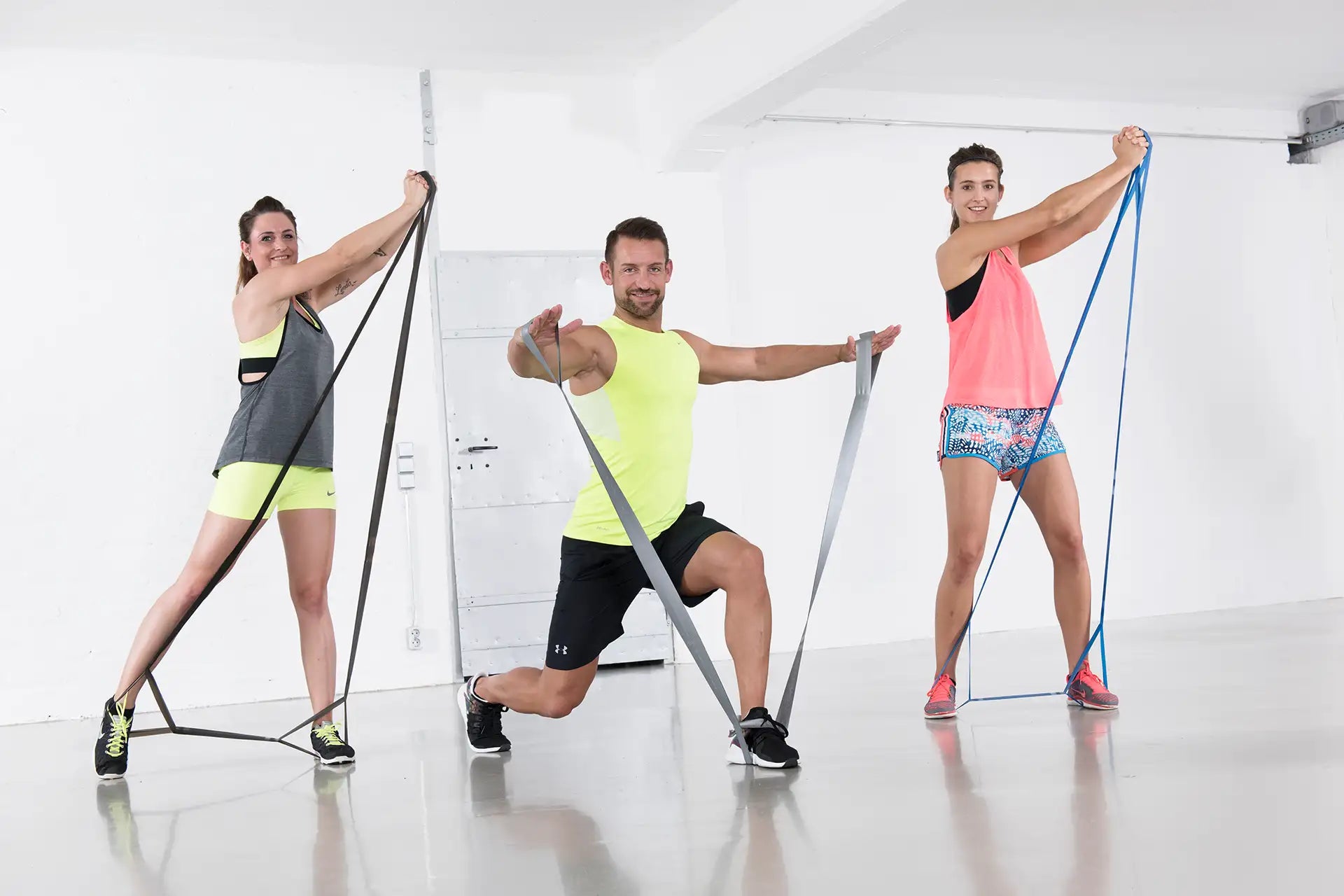


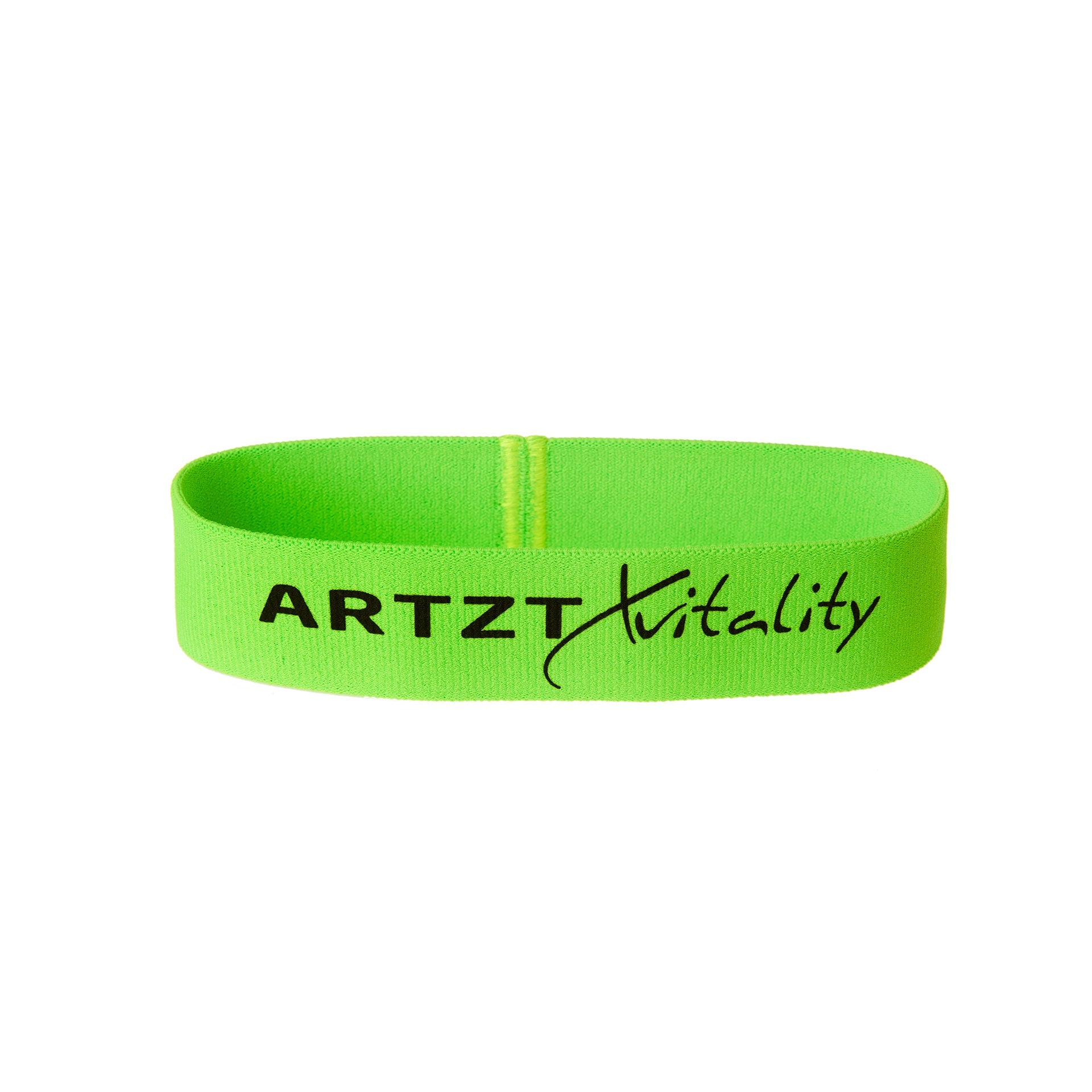
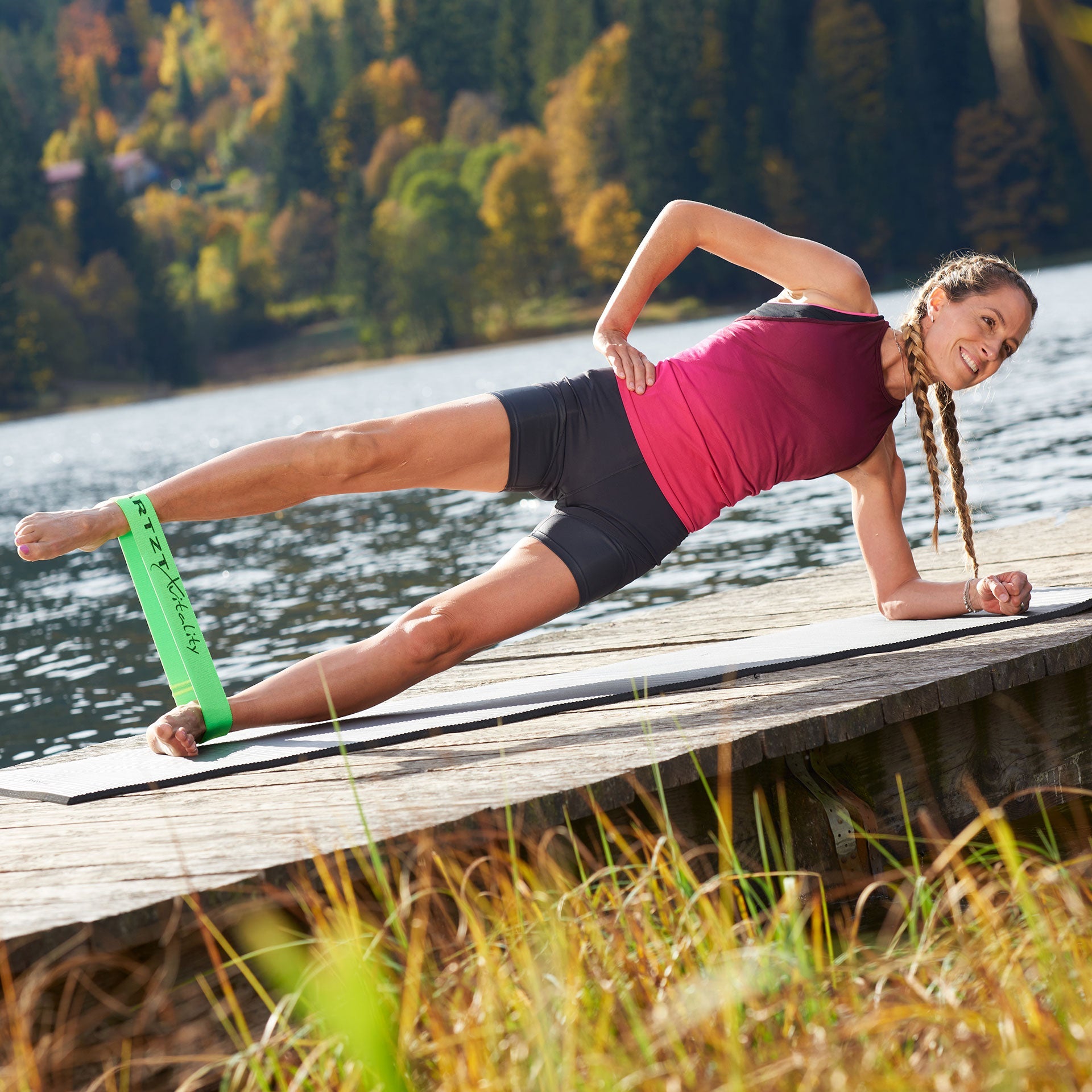
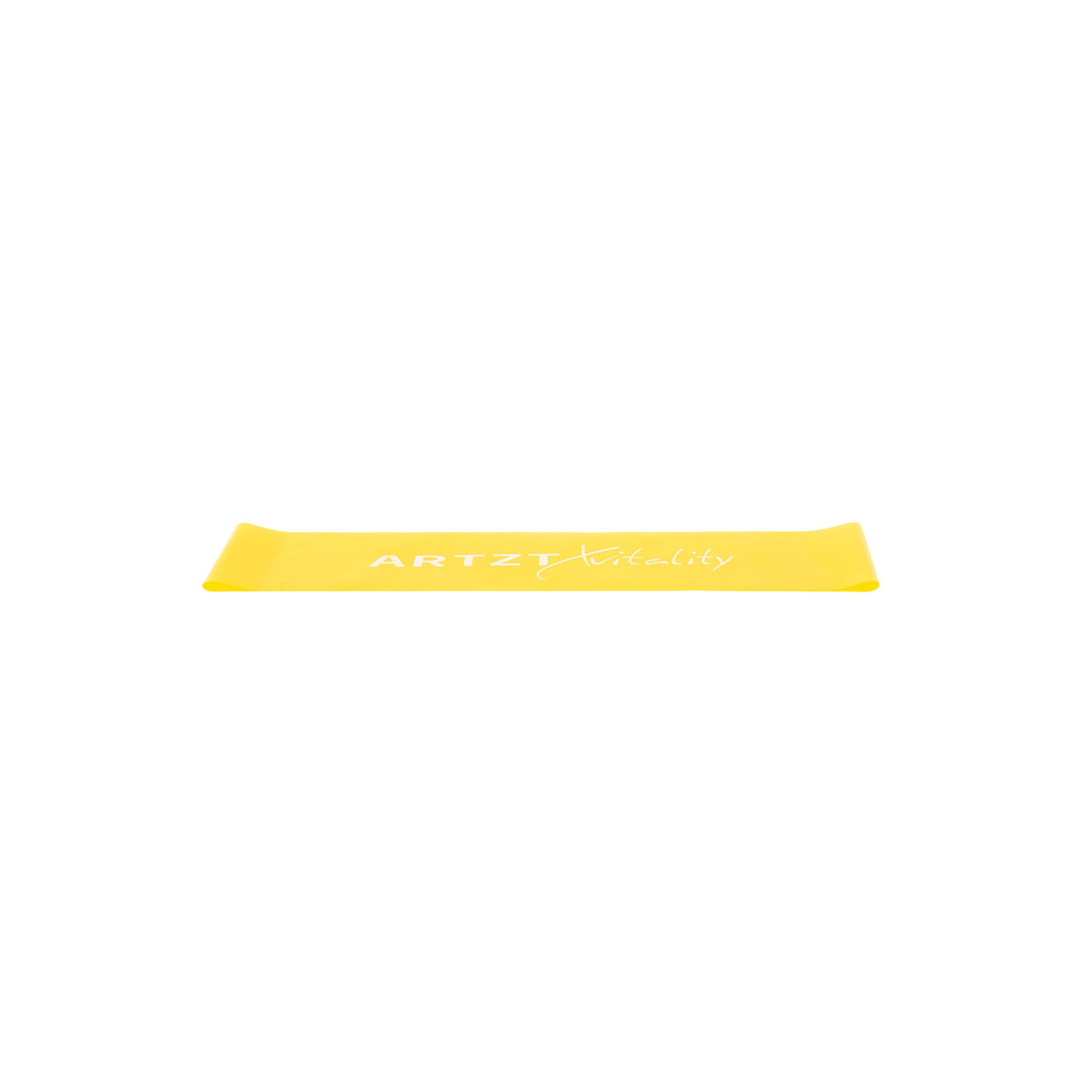
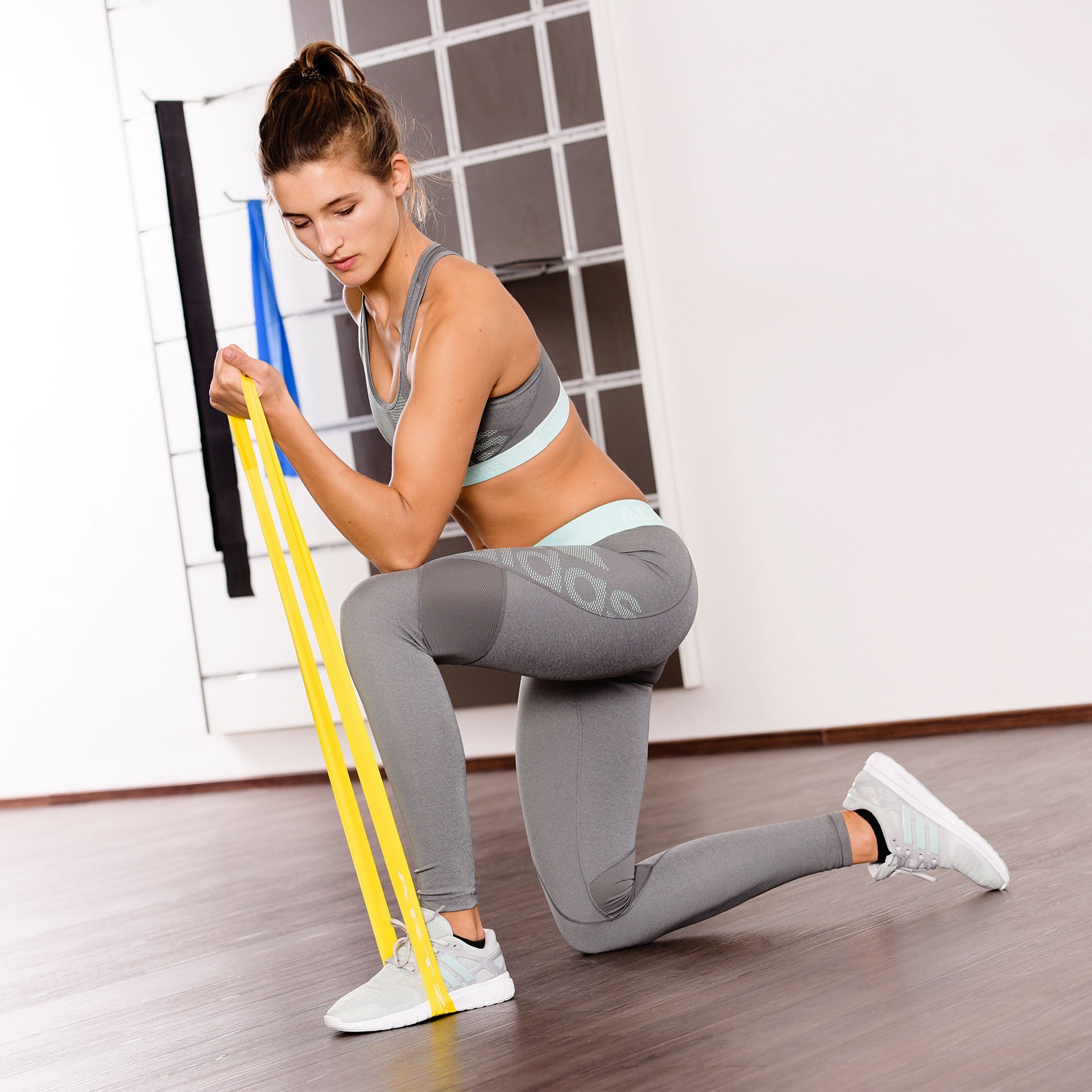
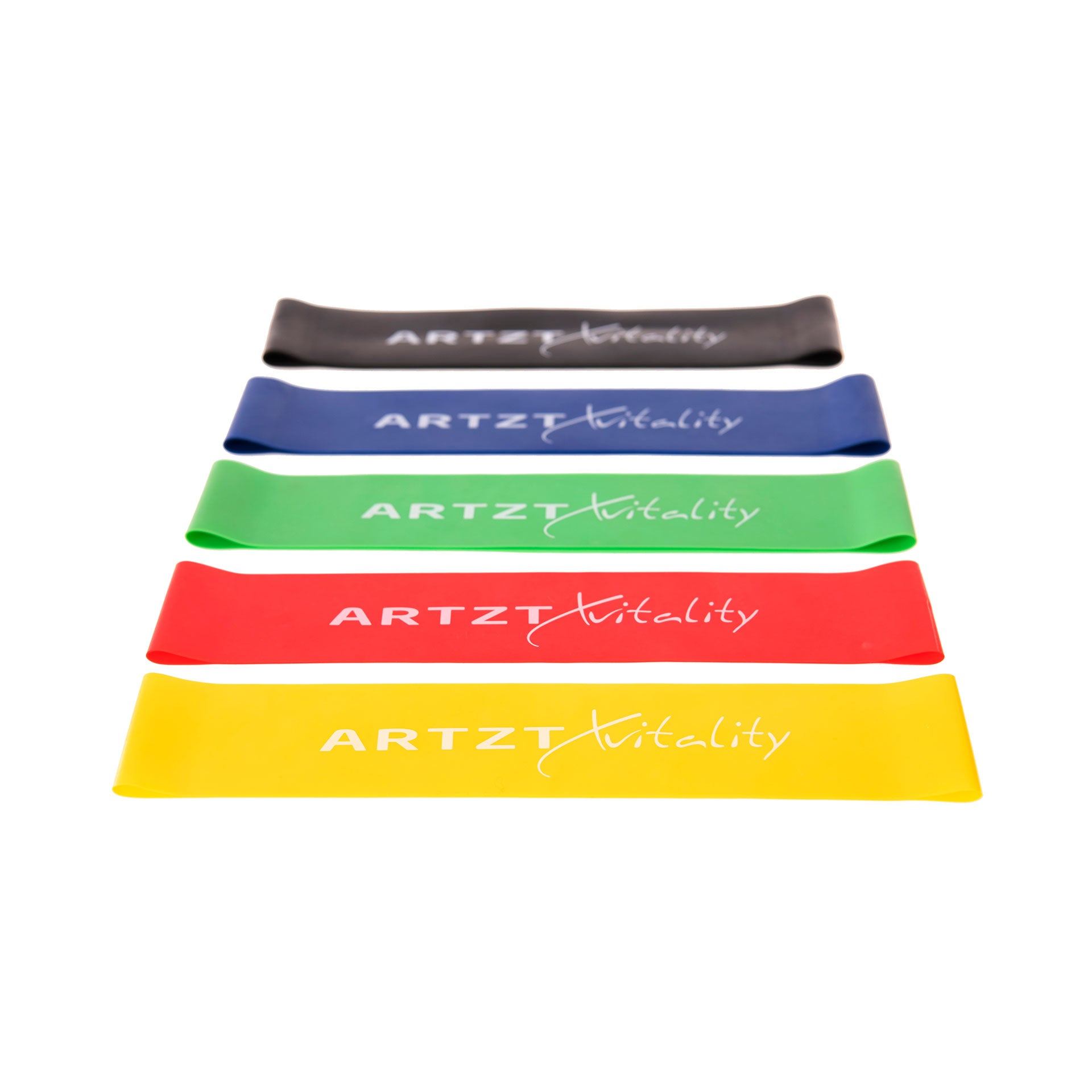
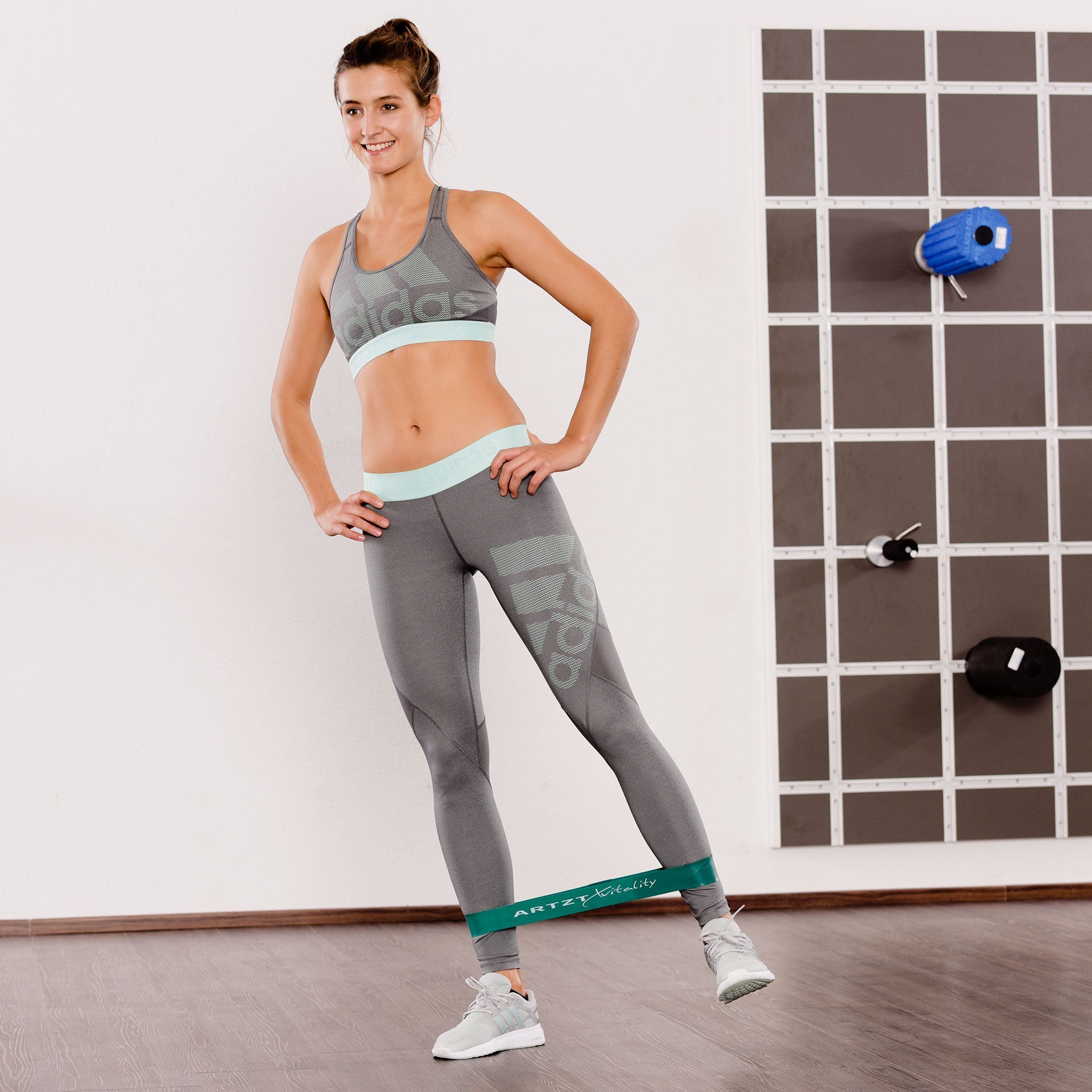
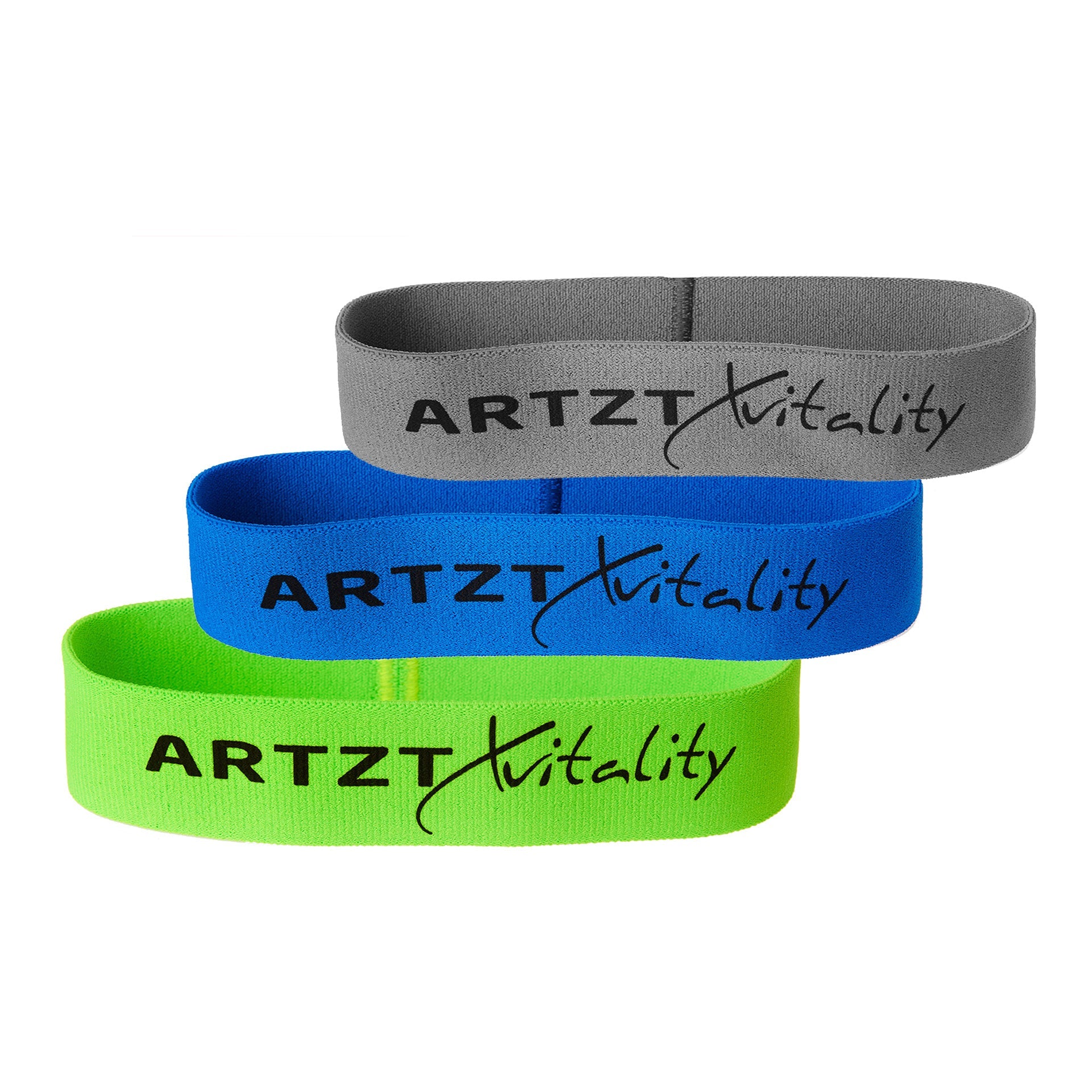

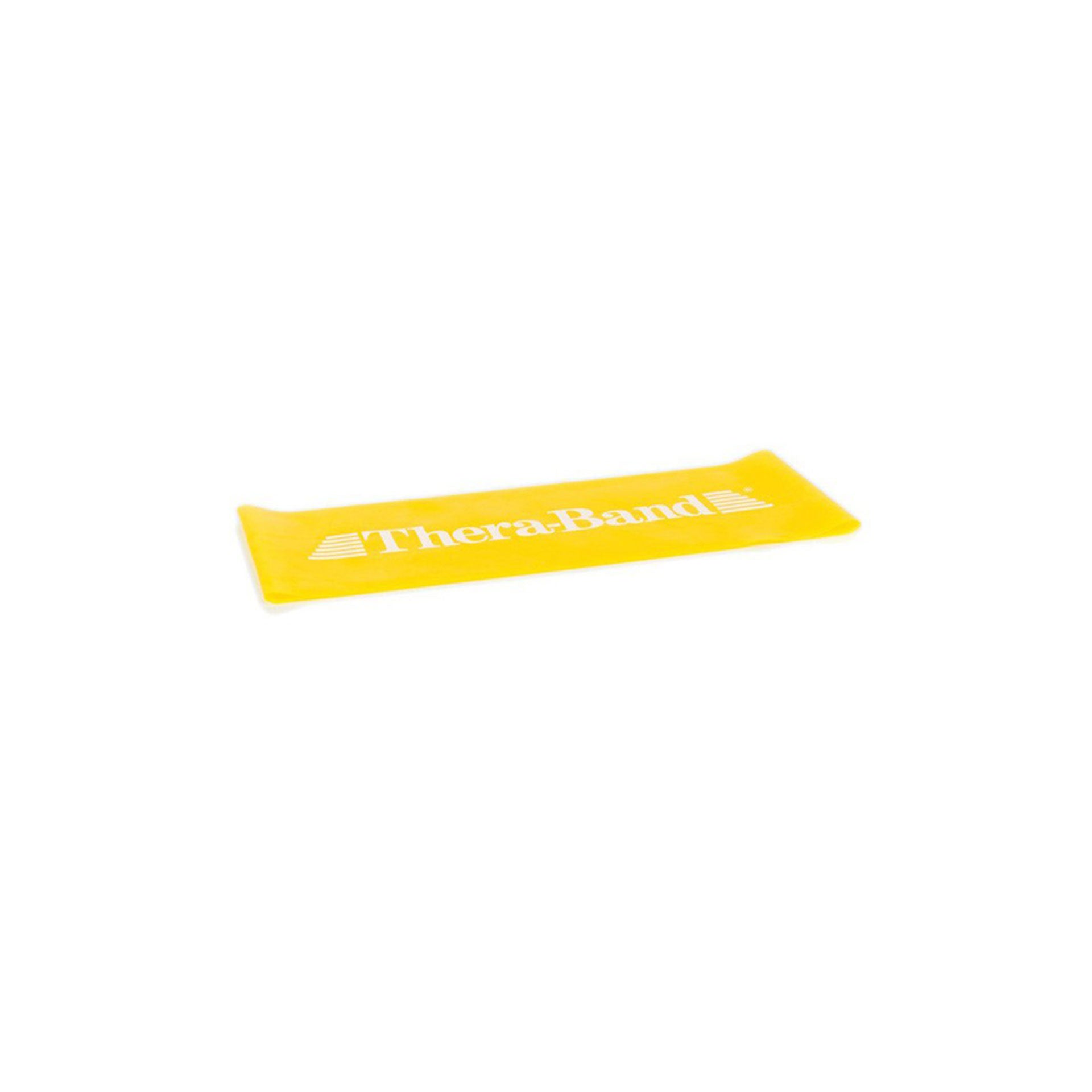
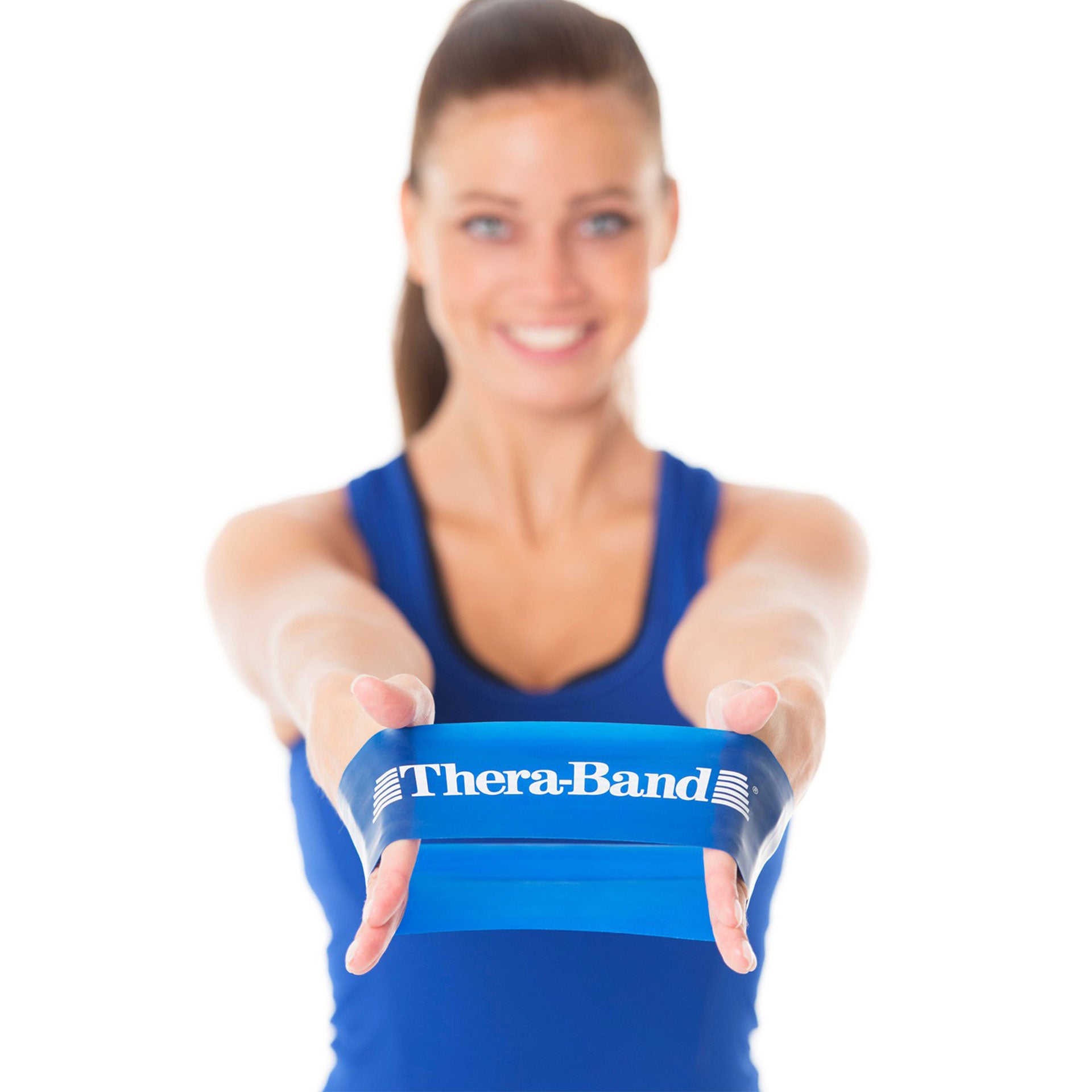

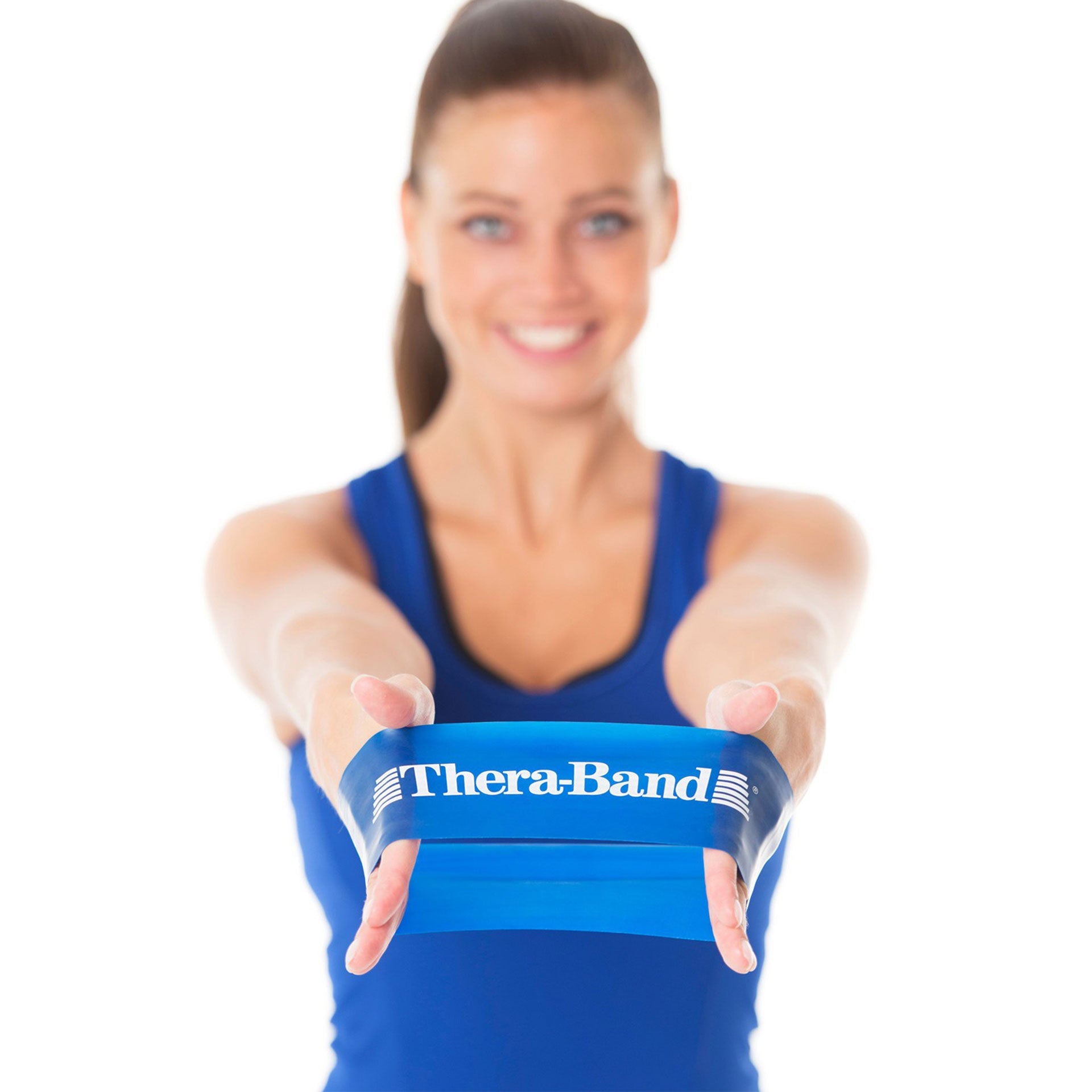
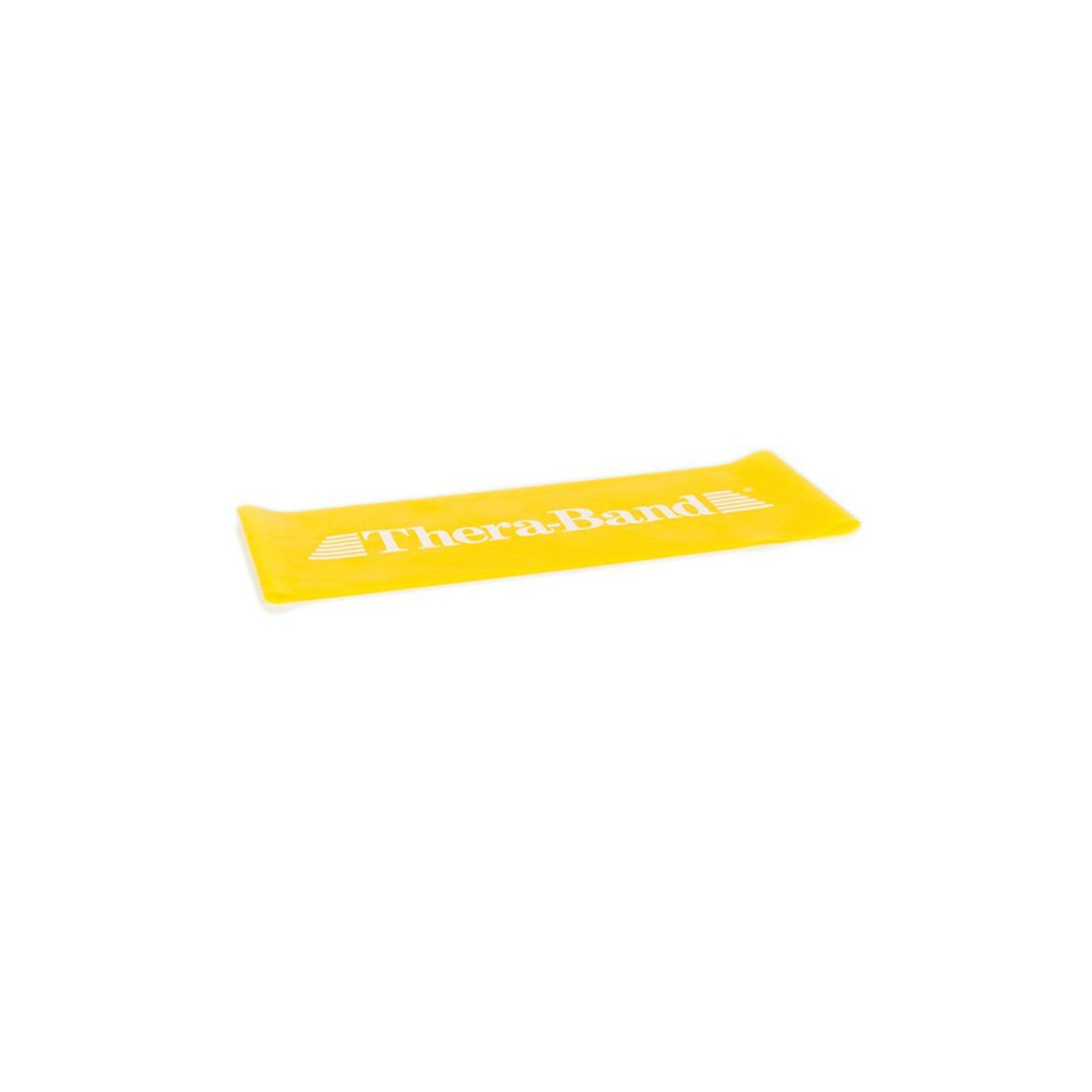



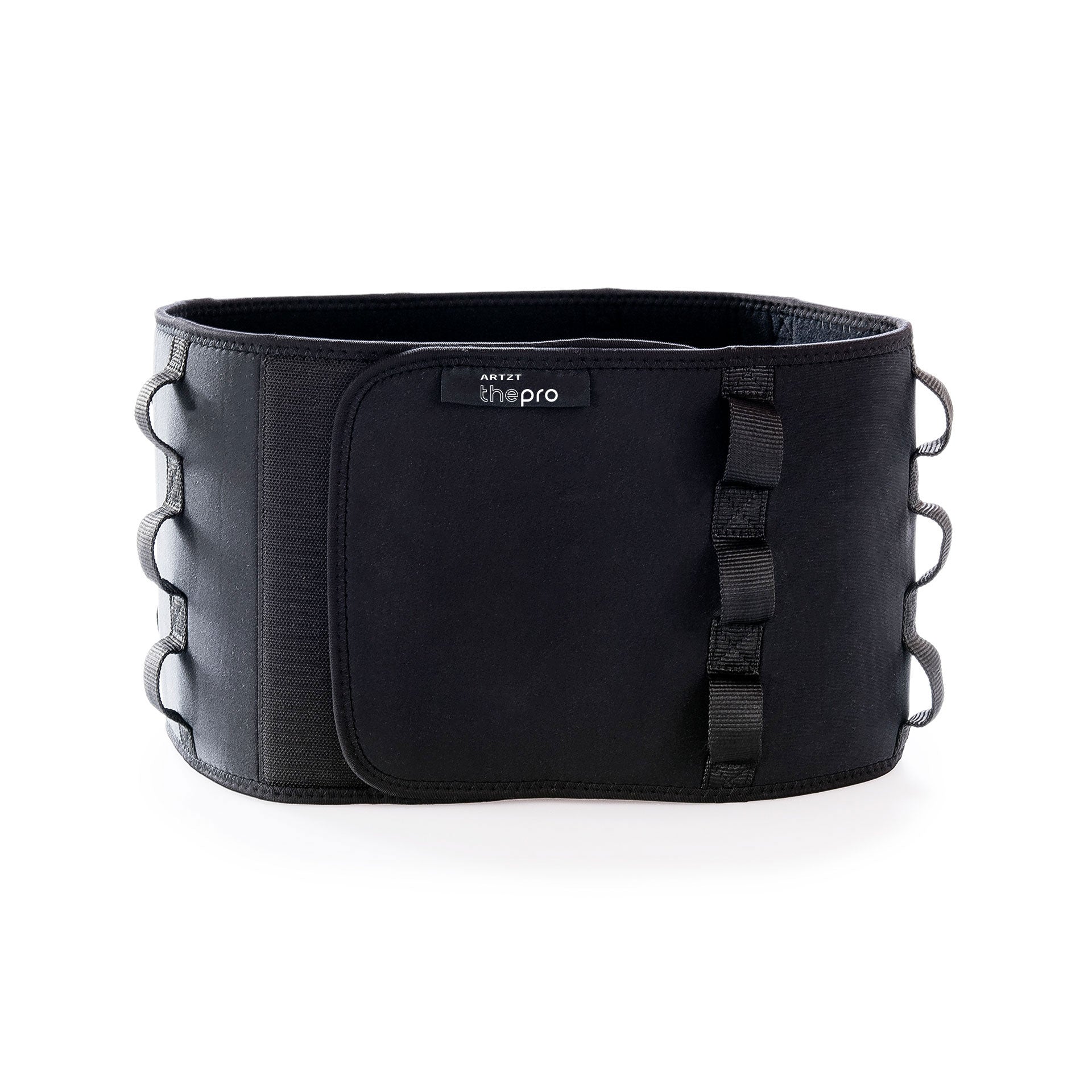

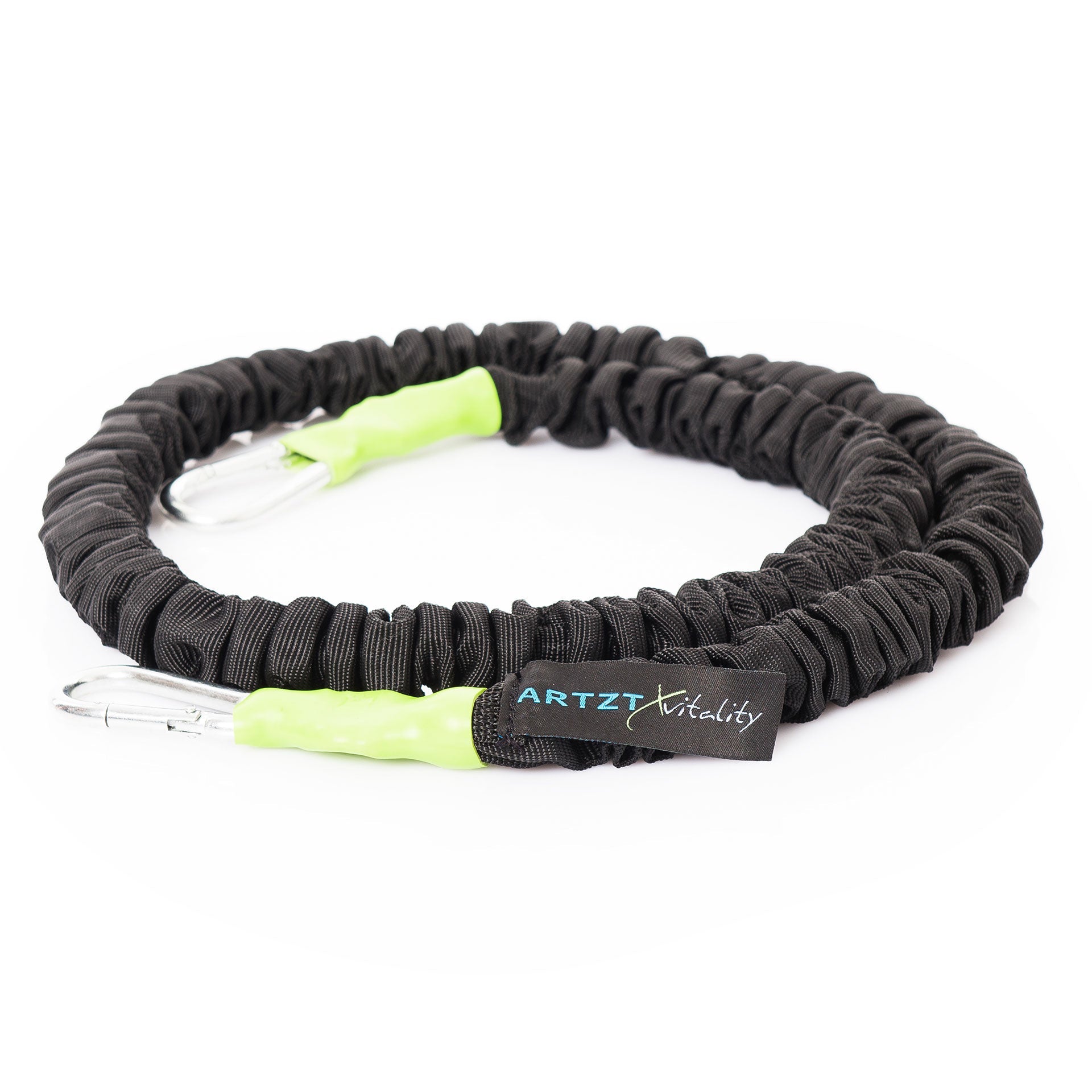

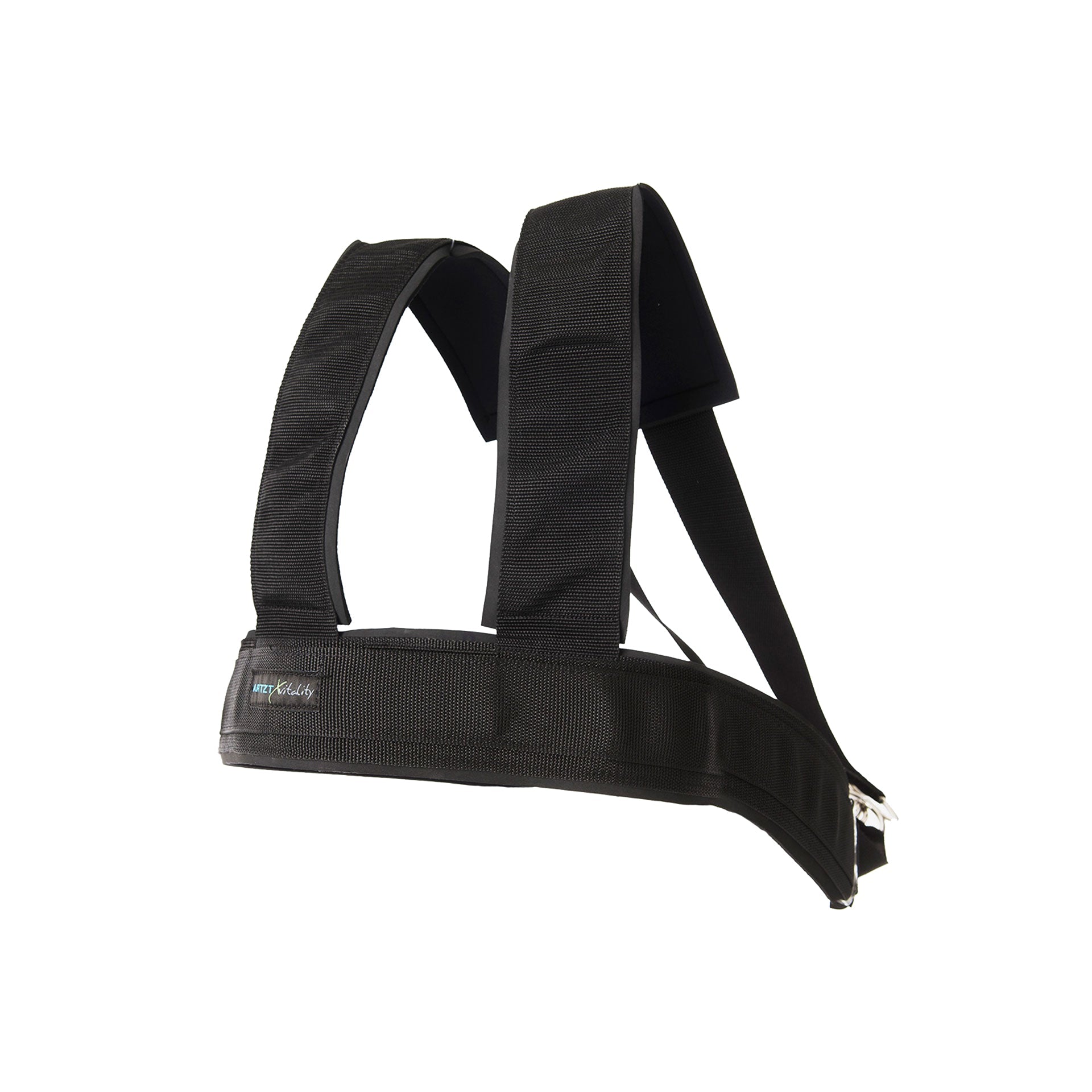
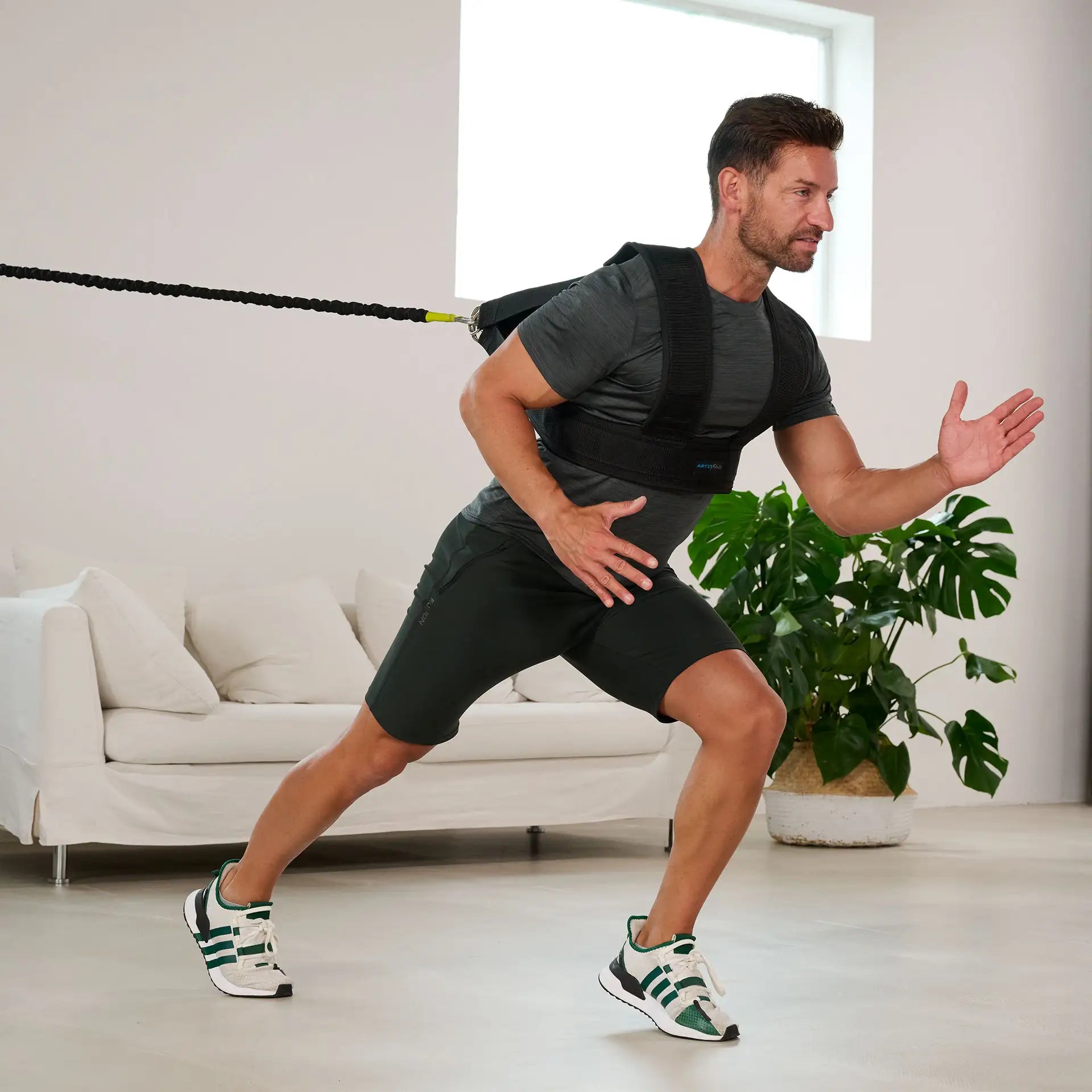
Leave a comment
All comments are moderated before being published.
This site is protected by reCAPTCHA and the Google Privacy Policy and Terms of Service apply.